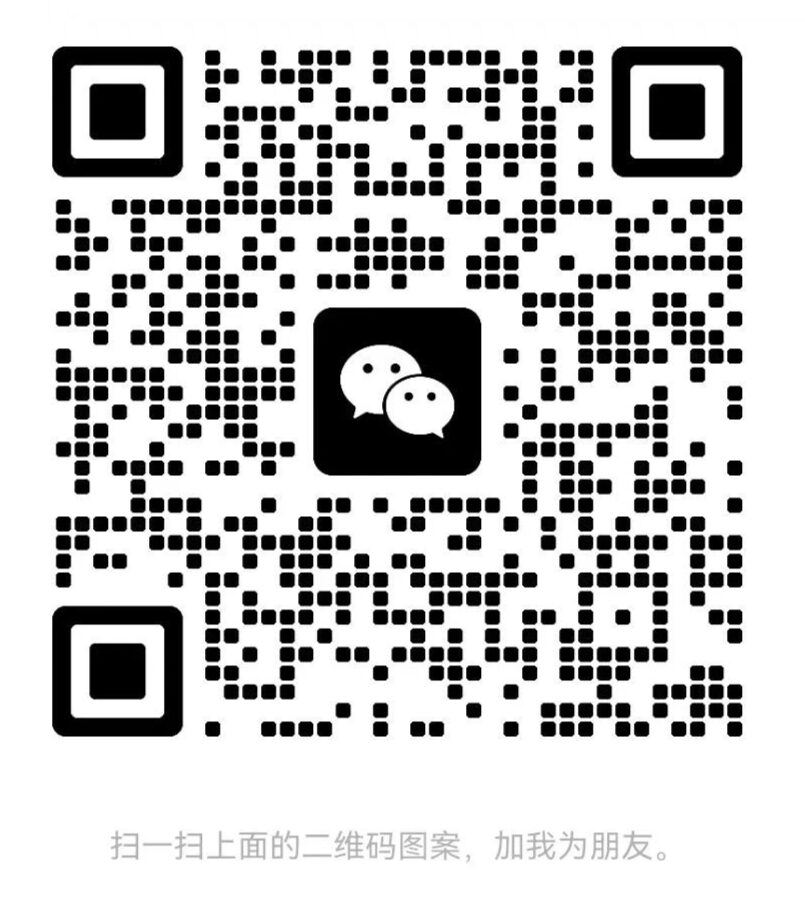1. Differences Between IoT Cards and Personal Communication Cards
1. Functionality and Application Scenarios
-
IoT Cards:
-
Designed specifically for IoT devices, used for data transmission, remote monitoring, device control, etc.
-
Mainly used in industrial equipment, smart cities, smart water management, smart homes, and other fields.
-
Characterized by low data volume, high concurrency, and long-term stable online presence. -
Personal Communication Cards:
-
Aimed at individual users, primarily used for voice calls, SMS, and internet data consumption.
-
Applicable to mobile phones, tablets, and other terminal devices, focusing on human-machine interaction.
2. Communication Protocols
-
IoT Cards:
-
Support protocols like NB-IoT, Cat-M1, 4G/5G, suitable for low power and low data volume requirements.
-
Applicable in low-latency and small data packet transmission scenarios. -
Personal Communication Cards:
-
Support 2G/3G/4G/5G protocols, more suitable for voice, video, and high data volume needs.
3. Data Billing Models
-
IoT Cards:
-
Provide flexible billing packages based on device and data volume needs, supporting ultra-low data plans.
-
Offer more precise data statistics and traffic management functions. -
Personal Communication Cards:
-
Aimed at individual users, providing combinations of call, data, and SMS packages.
4. Network Priority
-
IoT Cards:
-
Carriers usually set up dedicated network channels for IoT cards, ensuring more stable communication quality.
-
During peak traffic periods, they may enjoy higher priority than regular communication cards, especially in critical industry application scenarios. -
Personal Communication Cards:
-
Use shared network resources, susceptible to peak traffic impacts, potentially experiencing delays or packet loss.
5. Management and Maintenance
-
IoT Cards:
-
Equipped with dedicated management platforms for bulk management, device binding, traffic monitoring, remote activation/deactivation, etc.
-
Support unified operation and maintenance of large-scale devices, facilitating problem device location. -
Personal Communication Cards:
-
Aimed at individual users, cannot perform bulk, fine-grained management.
2. Why IoT Devices Need Independent Communication Cards in Smart Water Projects
1. Stable and Reliable Communication Assurance
-
Independent Communication Channels: IoT cards use dedicated communication networks and frequency bands, avoiding interference from personal communication cards in high traffic scenarios like voice and video.
-
Low Latency and High Reliability: Carriers configure high priority for IoT cards to ensure real-time data transmission for critical devices.
2. Flexible Adaptation to Different Network Environments
The scenarios covered by smart water projects are diverse, including urban underground pipelines, remote mountainous water sources, river monitoring points, etc.:
-
Multi-Network Protocol Support: IoT cards support protocols like NB-IoT, Cat-M1, 4G/5G, allowing selection of suitable communication methods based on the on-site environment.
-
Wide Coverage: NB-IoT technology is suitable for underground or weak signal areas, while Cat-M1 and 4G are suitable for scenarios requiring faster transmission speeds.
3. Facilitates Centralized Management and Maintenance
-
Remote Monitoring and Maintenance: Through the management platform of IoT cards, real-time monitoring of device traffic usage and operating status can be achieved, enabling quick identification and localization of faulty devices. -
Bulk Management: Supports unified activation, deactivation, and configuration of large batches of IoT cards, significantly reducing manual operation and maintenance costs.
4. Data Transmission Security
-
Independent Data Encryption Channels: IoT cards typically support dedicated VPN or APN networks, ensuring data is encrypted during transmission to prevent interception or tampering.
-
Identity Authentication: IoT cards are bound to devices, preventing unauthorized device access and enhancing overall system security.
5. Matching Low Power and Low Data Volume Requirements
-
Low Power Design: IoT cards support low-power communication protocols like NB-IoT, extending device battery life.
-
Low Data Volume Costs: The data transmission volume of water management devices is usually small, and IoT cards support customized low data volume plans to save operational costs.
6. Reducing Overall Project Costs
-
Using personal communication cards or Wi-Fi solutions requires reliance on local networks and complex communication device configurations, leading to high costs and maintenance difficulties.
-
IoT cards do not rely on regional Wi-Fi or fiber networks, directly connecting to cellular networks, saving deployment and maintenance costs.

